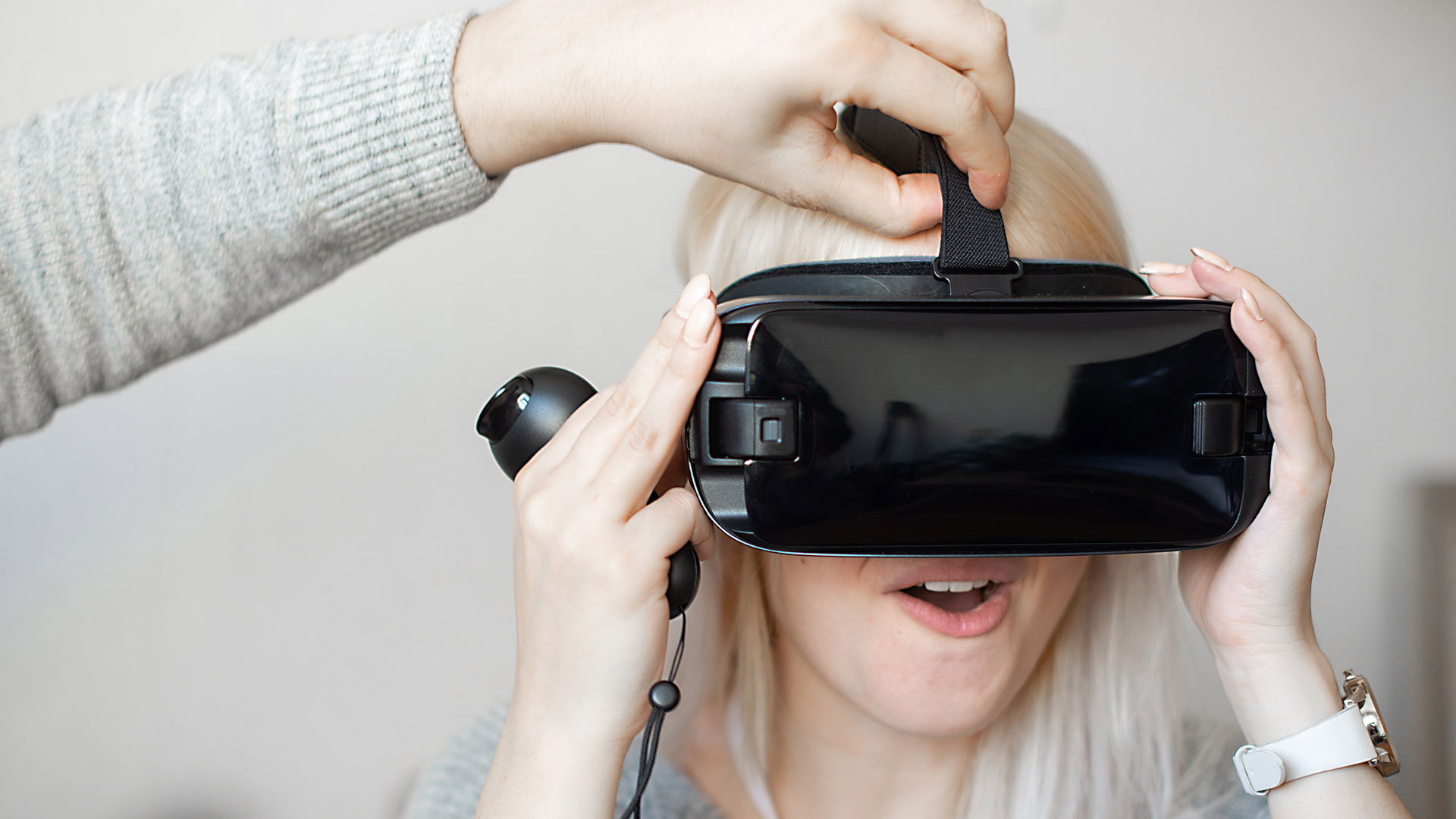UX (also known as User Experience) should be the foundation for all of your digital asset development.
The design thinking that underpins the final User Experience (UX) you offer your customers online is going to make or break the success of your digital business.
Why? Because customers are (usually) a human being.
So it’s vital to come at this project with a view on how technology can enhance the human experience, and not cause frustration and angst at every touchpoint.
- If your business can create a piece of technology
- That fits seamlessly into the lives of your customers
- Then the possibilities for your business growth are immense.
Here are some of the basic principles of UX and how you can apply them to build your business.
Know this: If your business can create a piece of technology that fits seamlessly into the lives of your customers, that solves a particular pain point or makes an improvement to how they live their lives, then the possibilities for your business growth are immense.
UX is a design approach that starts by understanding the behaviour of the eventual users of a digital product, service or system (such as a website or App). UX is both an art and a science, as UX design tries to get to the bottom of how people behave (their habits, motivators, and drivers) to make the best possible design decisions to create the best possible Customer Experience (CX).
User Experience (UX) design is more specifically about the thinking that underpins your digital asset development explicitly. It is quite a broad discipline that covers many different areas, and the explosion of mobile and smartphone technologies has spawned an industry that’s full of many kinds of designers.
- graphic design,
- motion design,
- interaction design,
- etc
This phenomenon has become so profound in recent years, that it has spawned an entire global industry. Influencer Marketing is growing fast and is a result of (rather than a contributor to) the brand trust crisis.
Now you hardly ever have to go into a bank branch for anything.
This phenomenon has created some fantastic opportunities for UX designers in the commercial world.
No matter what type of business or industry you’re in, there is one basic principle that every business builder should understand before they try to guide their business through a digital project.
But as any business owner, manager or project manager knows, you simply can’t always use ‘desirability’ as the sole driver in your decision making because you’ll go broke.
Instead, ‘desirability’ must be offset against two other main factors that are equally important, they are;
- viability (does this make sense in a broader business context?)
- and feasibility (can this be done? Time, Cost)
This relationship between Desirability + Feasibility + Viability is crucial for any business builder to understand before you hire a UX designer.
Once you have gathered your insights (research) for your target audience, the job of assessing overall feasibility and viability must be viewed in through the frame of what the business needs (its commercial priorities) and what it’s capable of delivering (resources, time + cost).
Just because you can build it, doesn’t mean you should (viability).
And even if it’s on point (desirable + viable), you need to assess whether or not you actually can (feasible).
The most successful digital products deliver a result for both the customers of a business and for the company itself. They do this by threading the needle on all three factors simultaneously.
The UX designer that you hire, along with the research and insights you’ve developed, will give you the ‘desirability’, but it takes a balanced mind to bring the feasibility and viability that is required to make it a massive success for your business.
Remember, if it doesn’t build your bottom line, how else do you define success?
